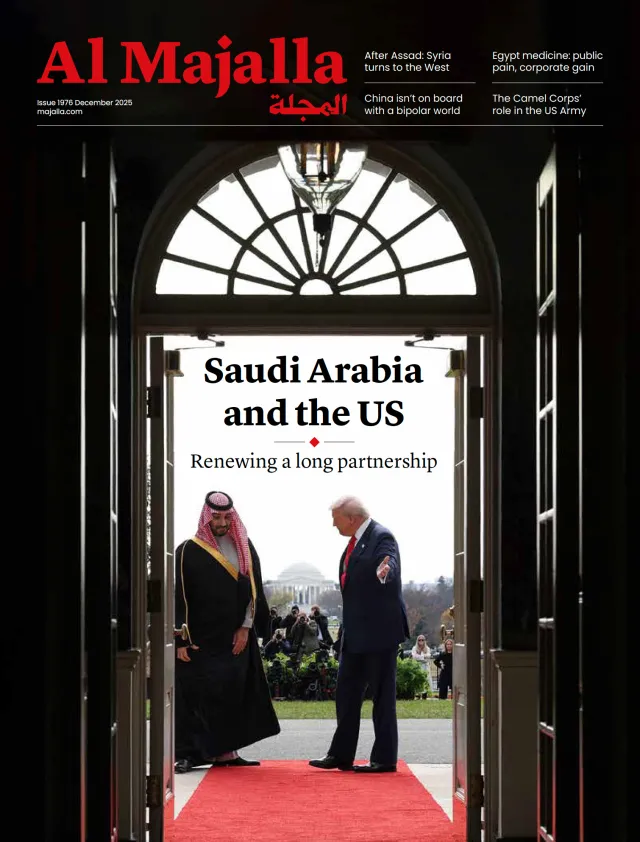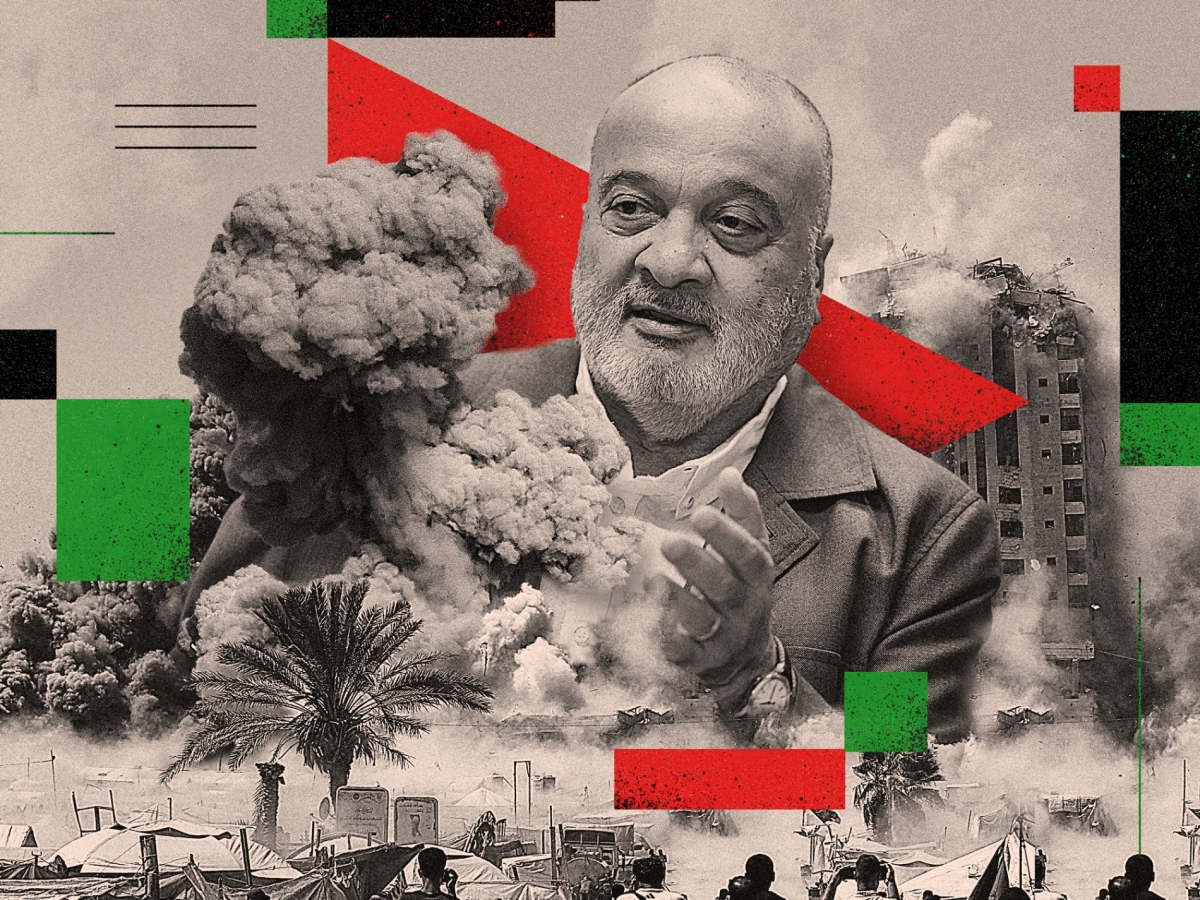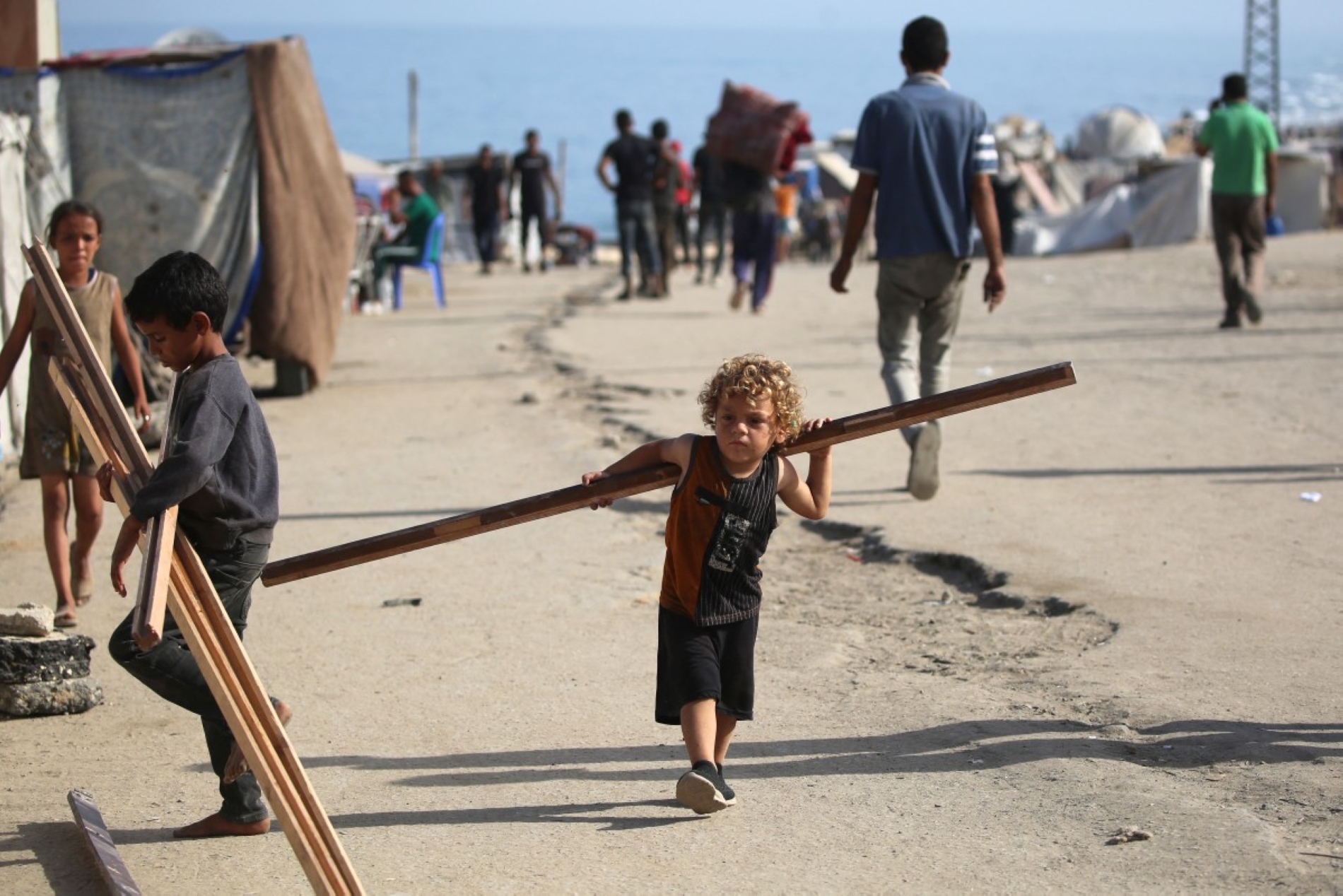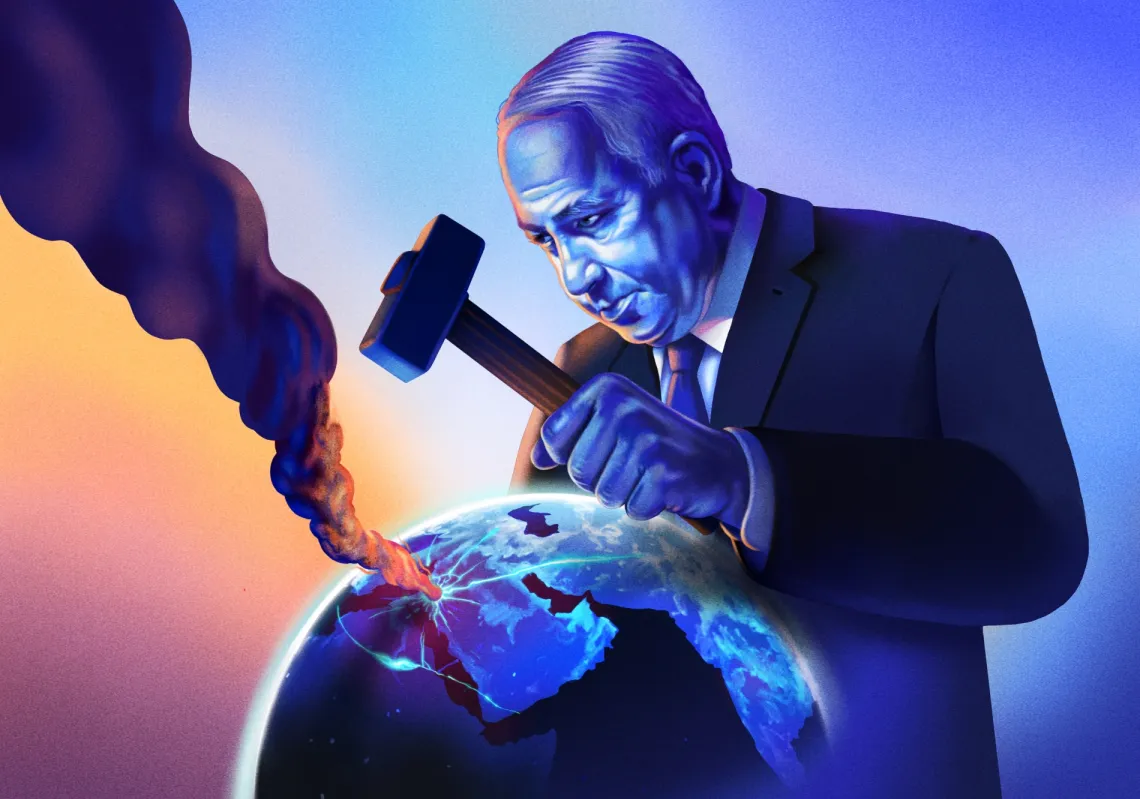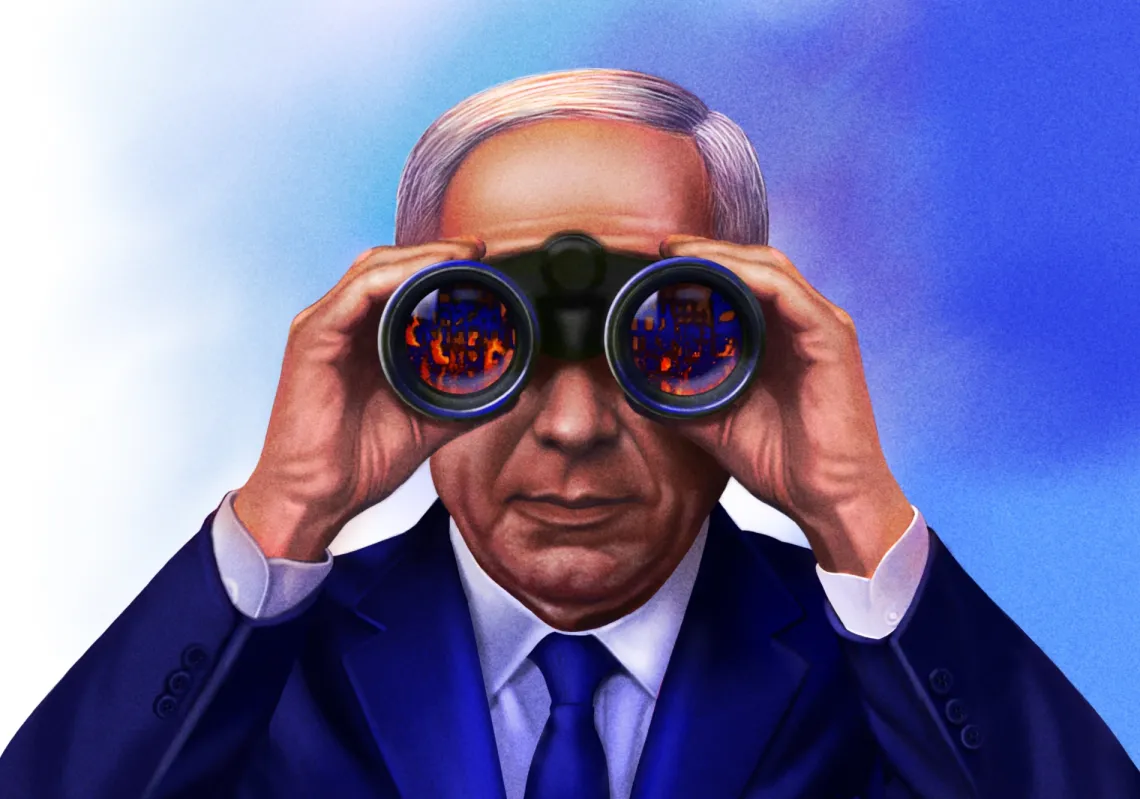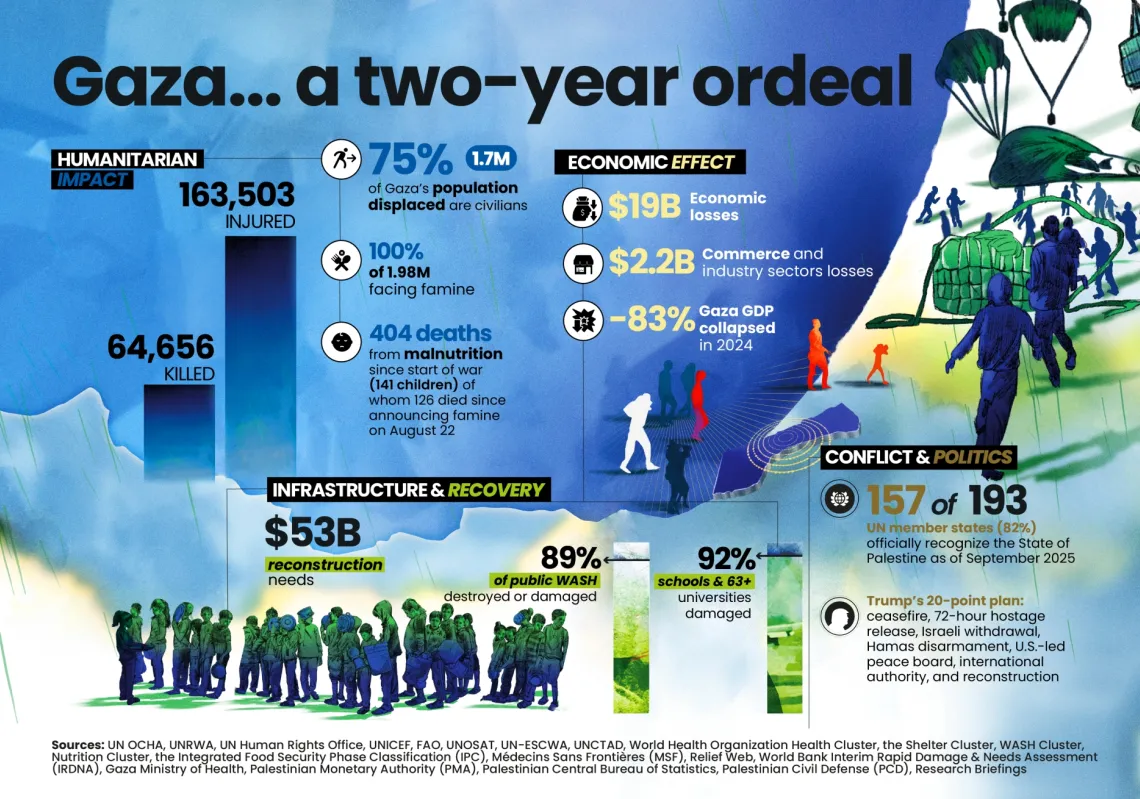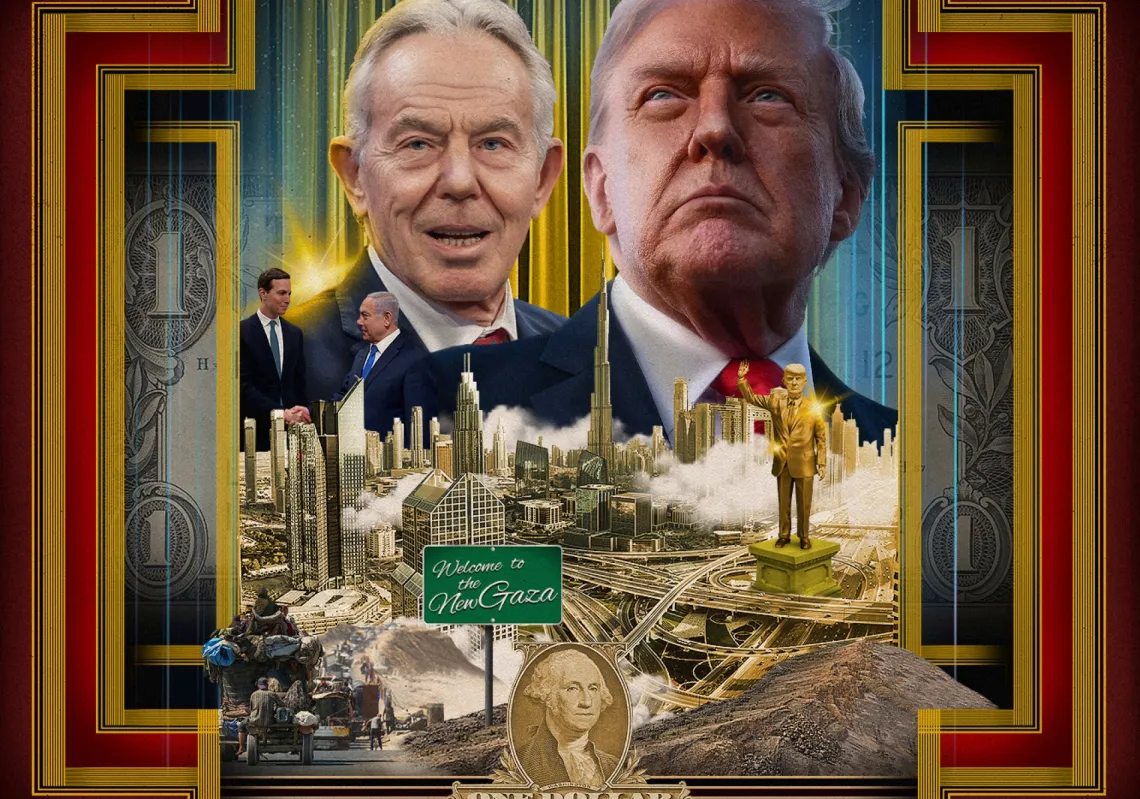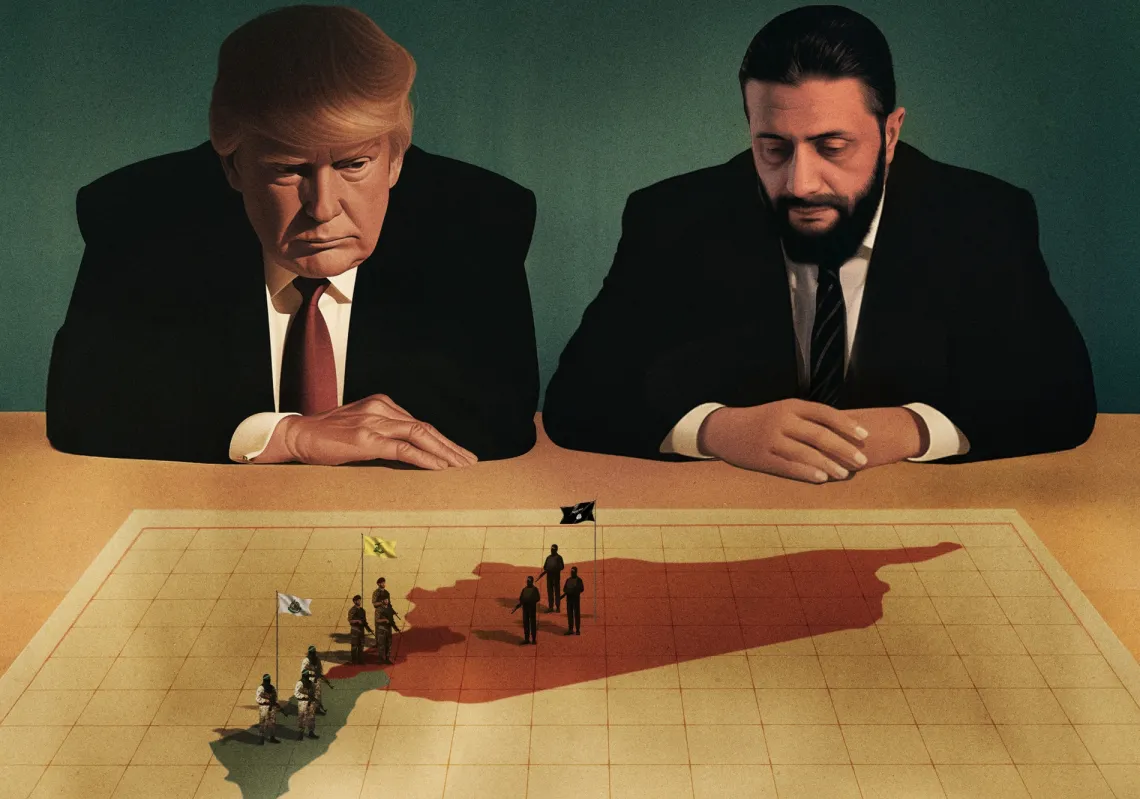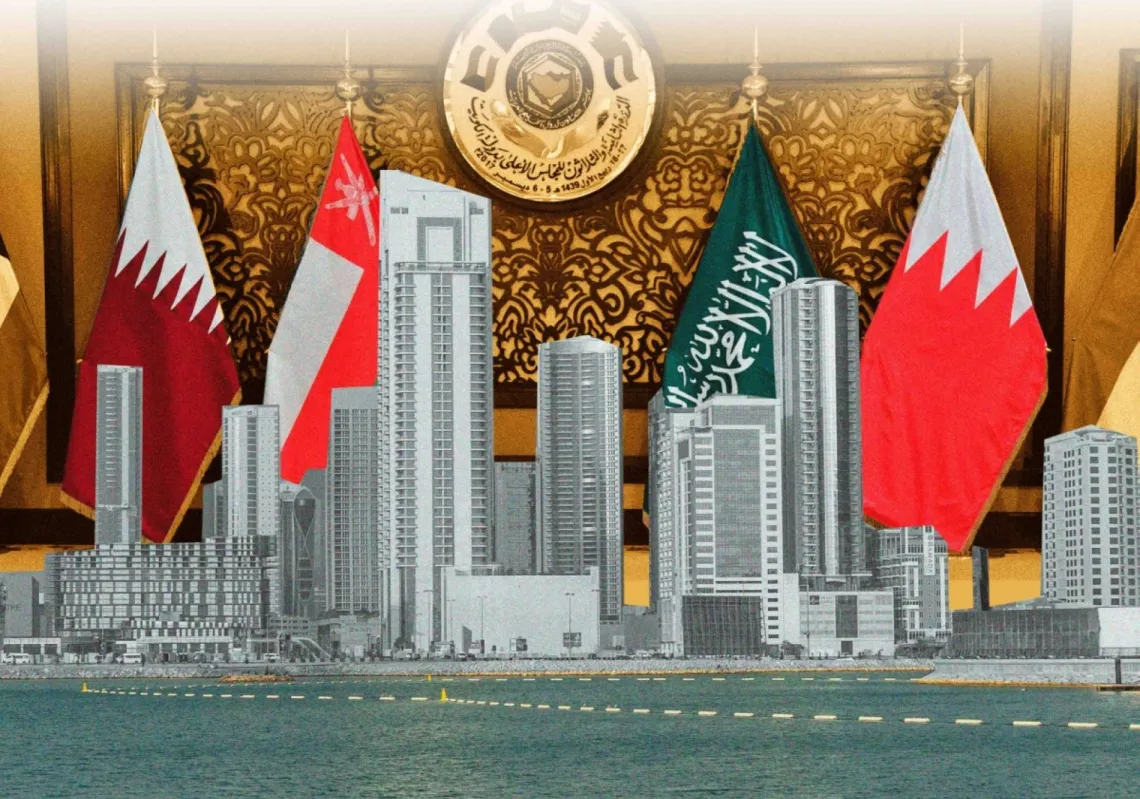The big question on many minds is whether President Donald Trump’s initiative or plan regarding Gaza will be implemented, and, consequently, whether we are witnessing the end of Israel’s genocidal war against our people in the Gaza Strip.
In truth, no one knows the answer for certain, and all possibilities remain open. There are many issues surrounding the plan already—even before we delve into its own problems—including the total absence of trust between the parties, which is further eroded daily by the actions of the Israeli government and its prime minister.
Added to this is the lack of a clear position, and therefore the absence of a unified Palestinian and Arab stance. There also appears to be a desire on the part of Hamas to work solely with the American mediator, in the hope that such engagement might lead to a deal between the two sides.
Despite all that, there remains hope that the plan might indeed materialise. Hamas responded intelligently to it, referring part of it to “national consultations” (without specifying the participants), ignoring some key principles in the plan, and clearly agreeing to hand over the hostages, both living and deceased, within a short period after an agreement is reached.
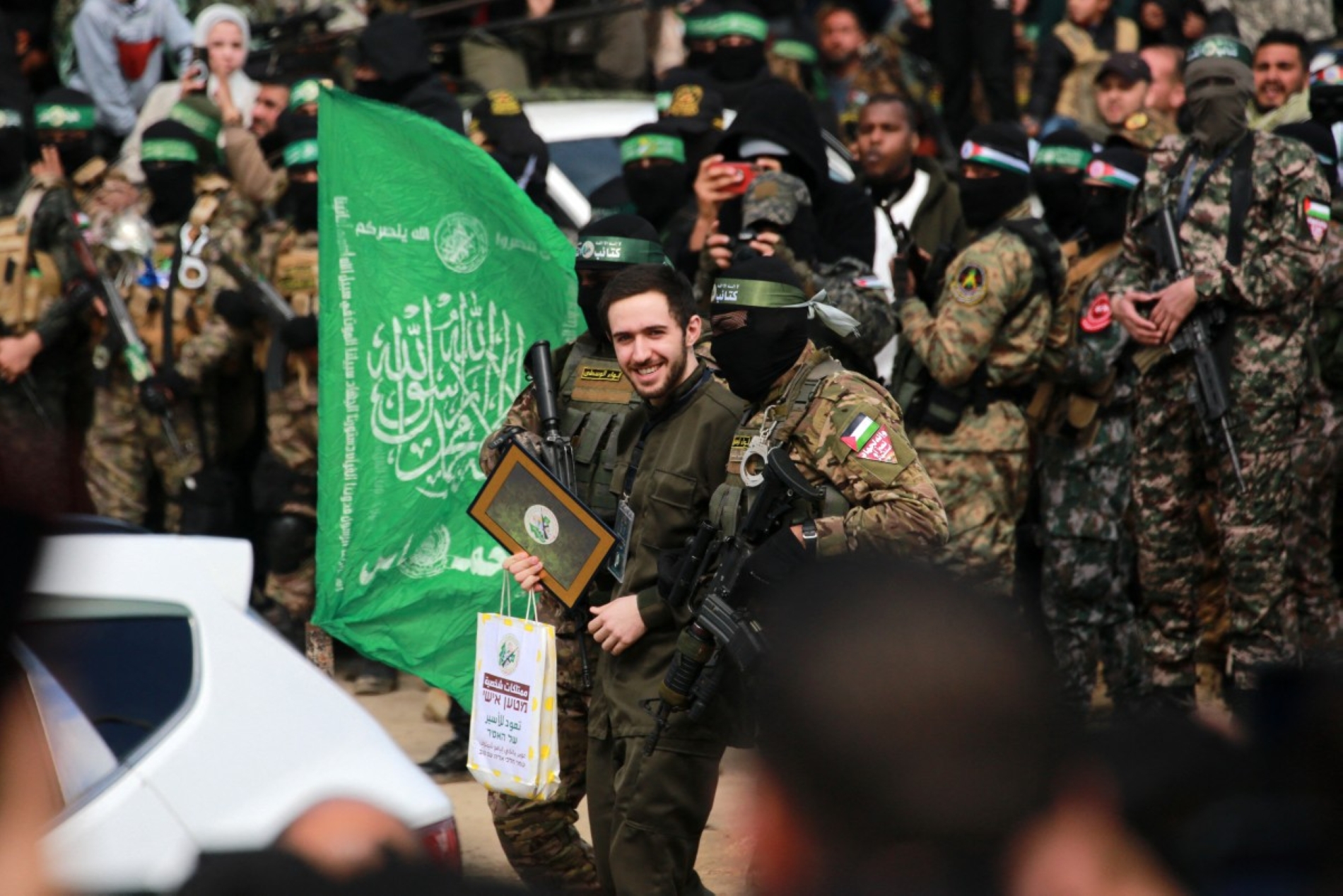
In general, the plan included several important positive principles: ending the war following the release of hostages and a prisoner exchange; ensuring abundant humanitarian aid; ending Hamas’s rule over Gaza and disarming the movement; forming a new governing body for the Strip; and eventually reaching a political solution in the form of a State of Palestine.
Of course, while the plan contained significant principles, it lacked detailed provisions—something that would require further negotiations among the parties. This is precisely where ambiguity arises, allowing the stronger party—that is, the government of Benjamin Netanyahu—to exert pressure and perhaps even attempt to sabotage the process. For its part, Hamas still seeks greater clarity regarding Israeli withdrawals prior to handing over the hostages, while also attempting to evade the broader issue of arms control.
Now, let us attempt to answer the central question. It has become clear that the decisive actor here is the President of the United States. Thus, one might say that if he remains enthusiastic and insistent on implementing the plan, it will most likely move forward; if he loses interest, the opposite will occur, bringing us back to square one.

